And why shouldn’t this site be useful also to young photographers? Here is a trick that I often use to photograph a subject, in front of which I can hardly step back for lack of place (space). For instance here, in front of (less than two meters) a huge Egyptian statue that is more than 5 meters high. The Puzzle!
Somewhere in Paris. Thousands of visitors come here every day (except on Mondays) and queue up in front of the gates of the building, surely one of the most beautiful Parisian museums. Unfortunately, most of the people are not very curious, being satisfied with the (mostly poor) information on display in tourist guides. The fact is that would they dare to check the neighbourhood, they would surely discover at the back of the museum a narrow path, in the middle of which stand the huge silhouettes of two warriors carved by sculptor Pierre-Antoine Bourdelle, who has in another district of Paris a museum specially dedicated to his works. |
|||||||||||||||||||||||||||||||||||||||||||||||||||
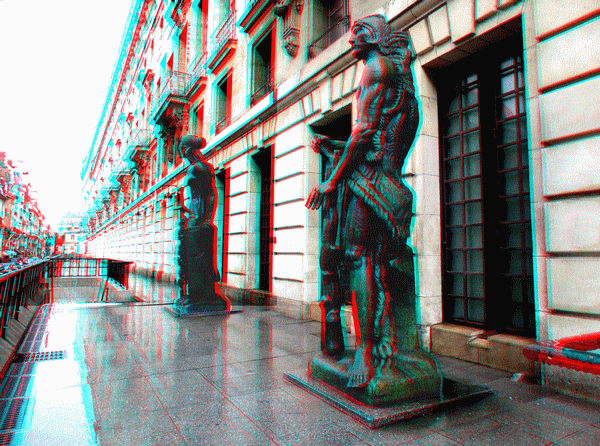 |
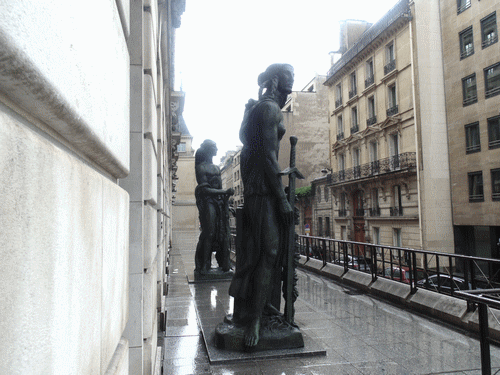 |
||||||||||||||||||||||||||||||||||||||||||||||||||
|
|||||||||||||||||||||||||||||||||||||||||||||||||||
|
|
||||||||||||||||||||||||||||||||||||||||||||||||||
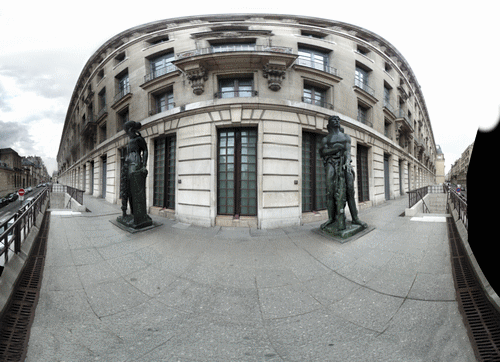 |
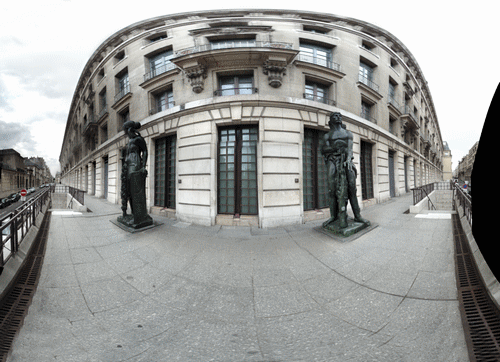 |
||||||||||||||||||||||||||||||||||||||||||||||||||
And now, both pictures are merged together into an anaglyph. Here we have a draft of what should be feasible, I mean with a better light, by sunny weather, because shadows enhance the 3D effect. Of course, you have noticed that the software (above) creates the illusion of perspective, with a simulation of an enlargement of the distance from the camera to the subject(s). Besides that, everything originally straight (in our eyes!) is now curved. Thus, a flat angle (180°) becomes an acute one, corresponding to the perception that we have of our environment (what is near looks bigger than what is far...), given the narrowness of our field of vision, and because cameras don't lie! |
|||||||||||||||||||||||||||||||||||||||||||||||||||
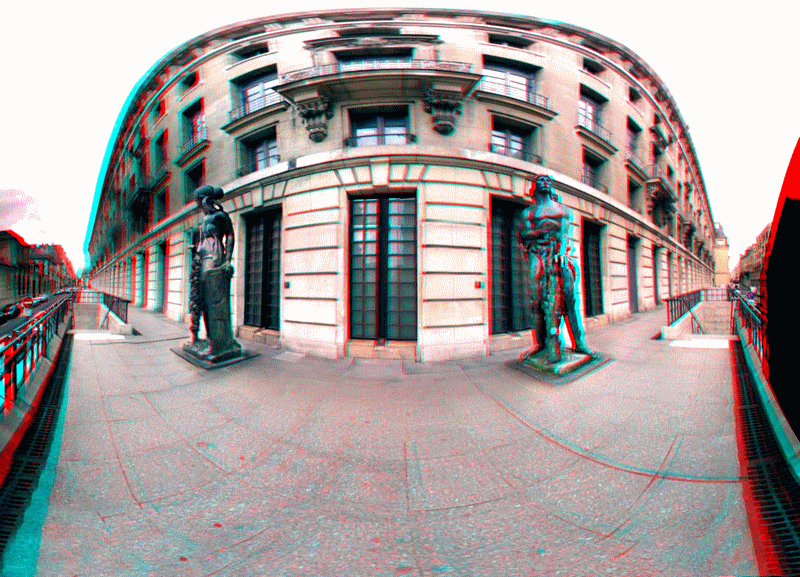 |
|||||||||||||||||||||||||||||||||||||||||||||||||||

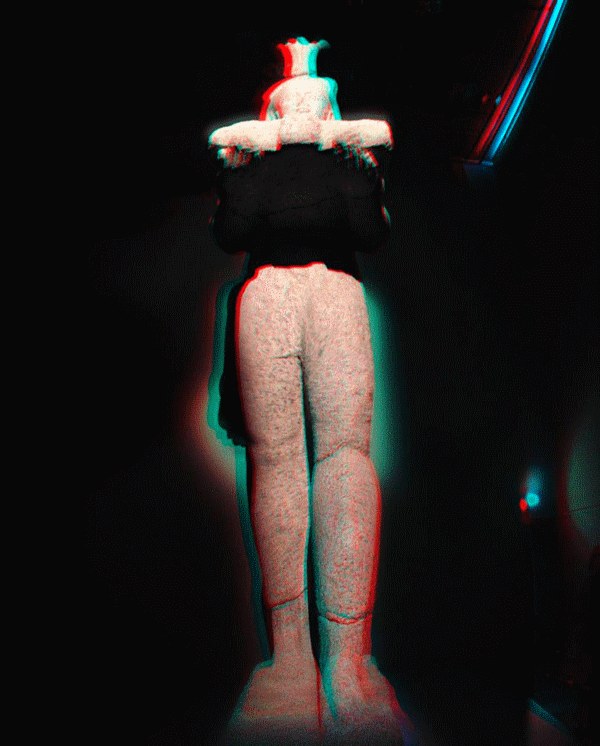
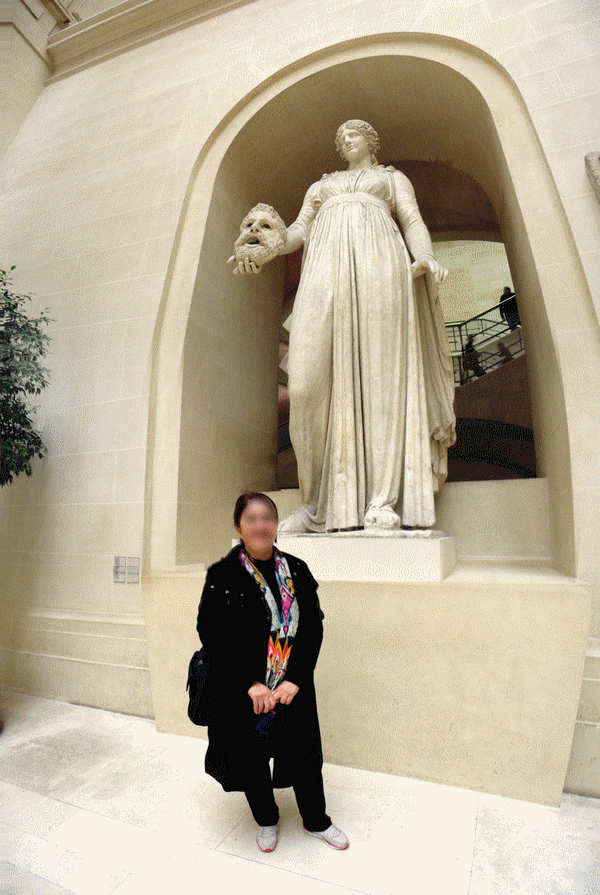
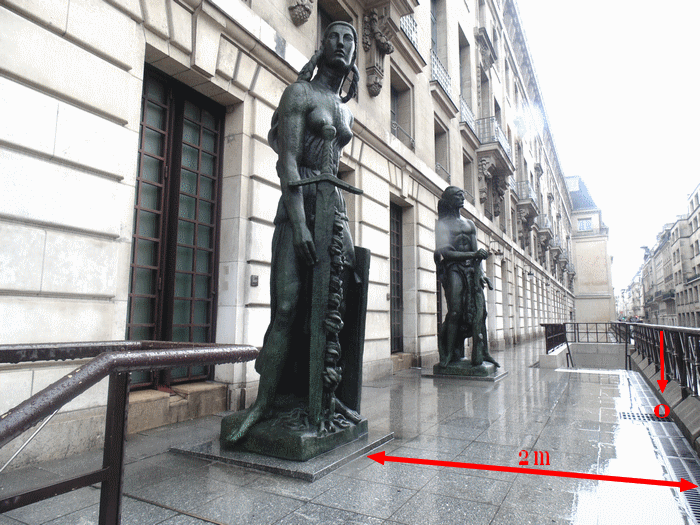
.gif)
.gif)
.gif)
.gif)
.gif)
.gif)
.gif)
.gif)
.gif)
.gif)
.gif)
.gif)
.gif)
.gif)
.gif)
.gif)
.gif)
.gif)
.gif)
.gif)
.gif)
.gif)
.gif)
.gif)
.gif)
.gif)
.gif)
.gif)
.gif)
.gif)
.gif)
.gif)
.gif)
.gif)
.gif)
.gif)
.gif)
.gif)
.gif)
.gif)
.gif)
.gif)
.gif)
.gif)
.gif)
.gif)
.gif)
.gif)
.gif)
.gif)